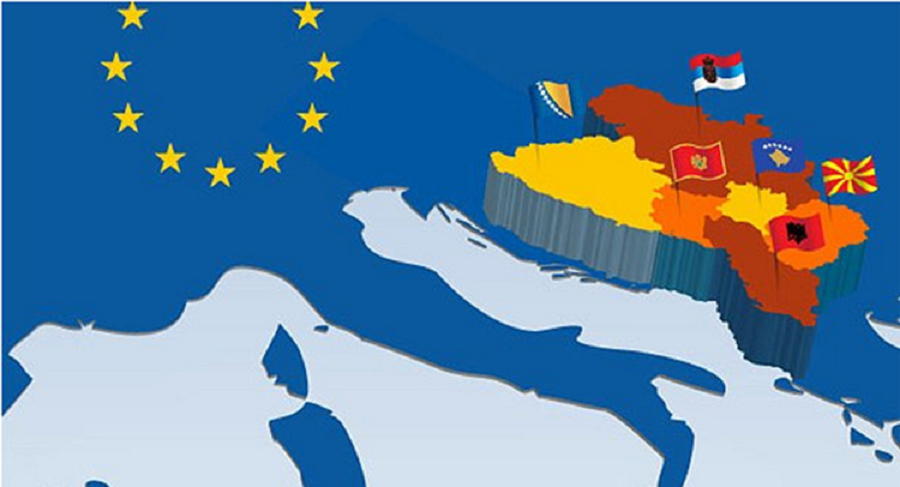The plan to identify NATO’s weakest points and start a hybrid aggression based on this came to replace open war, in which Russia is failing. What does it consist of? And is the world ready for such events?
In recent months, constant strategic work was in full swing in the Kremlin. After the Russian leadership realized that the war in Ukraine was not going as expected, the search for a new strategy for the collapse of NATO began.
The analysis shows that the fundamental situation has changed over the past two years:
– The immediate threat to the east of Europe, for example, Poland and the Baltics, has decreased several times due to the military failure on the Ukrainian territories.
– The Balkans can become a point of destabilization of Europe.
If a few years ago there was a high risk of a direct invasion of the Balkan countries, now there is a new danger – hybrid aggression from the Russian Federation.
They have already started
The Balkans were not chosen for the hybrid offensive by chance. They are NATO’s weak spot because, on this flank, they did not place such a security emphasis as in the middle part of the Bloc.
And the implementation of this plan is already underway. Thus, recently, in Kosovo, there was a fight between armed Serbs and representatives of the local police. This episode was named the most critical escalation in the last 15 years when Kosovo became independent from Serbia.
In Kosovo, the event was dubbed a terrorist act, and the Serbian President immediately complained to Putin that the cause of the event was “ethnic cleansing” by the Kosovo government with the assistance of the West. A little more, and Russia will “rescue” those suffering – this scenario is as old as the world.
Use to their advantage
This escalation is simply a gift to the Kremlin. After the incident, Russia reacted quickly: the Russian spokesman noted that the West was putting significant pressure on the Balkans and would soon cross the permitted border.
In this situation, the Kremlin is trying to achieve three goals using hybrid methods:
1. to distract the West from the war in Ukraine;
2. to strengthen Russian basics in the Balkans;
3. to provide mechanisms for the Kremlin’s influence on the West through blackmail of possible escalation of events on the peninsula.
NATO’s response was the decision to strengthen NATO forces in Kosovo.
It will flare up
The main problem is that this local crisis can spread to the territory of North Macedonia, a member of the North Atlantic Alliance. This will already lead to severe consequences for the defense of Europe since the USA is currently absorbed in the preparations for the elections in 2024.
NATO realizes that its position in the Balkans is weakened, and this enables the Kremlin to succeed there. It is clear that the time has come to change the situation.


